Last Chance to Catch NYC's Holiday Notalgia Train
We met the voices of the NYC subway on our nostalgia ride this weekend!


At the former site of the Middletown State Homeopathic Hospital in Middletown, New York, there are signs of both decay and revitalization. The hospital, located in Orange County, first opened in 1874. The facility was the first in the nation to offer purely homeopathic treatment for mental disorders. Today, the more than 200 acre campus is a mix of structures that are in ruin and under renovation.
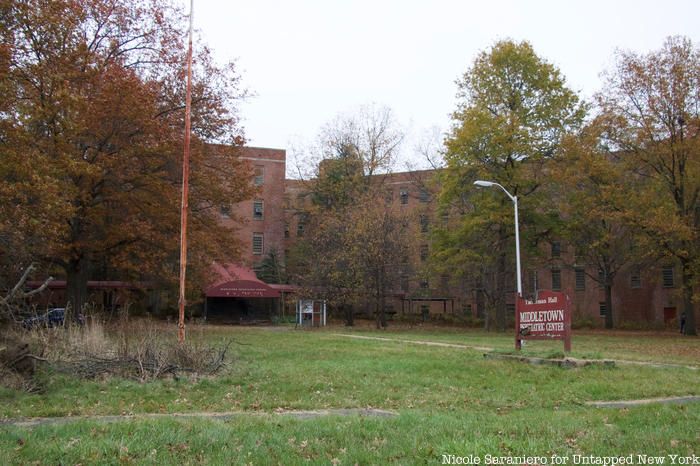
The Middletown State Homeopathic Hospital, later known as Middletown Psychiatric Center, was a revolutionary institution at the time of its opening. While homeopathic institutions existed elsewhere in the world, this was the first in the United States. The establishment of this hospital was largely inspired by John Stanton Gould’s 1866 speech to the State Homeopathic Medical Society. In his speech, entitled The Relation of Insanity to Bodily Disease, he insisted that mental illness was a symptom of bodily disease. Medication was one small part of the homeopathic approach to treatment which, according to an article in The Journal Of American Institute Of Homoeopathy in 1935, included “regulation of diet and regimen…habit training, rest and seclusion…cleanliness, kindness, proper education diversion; occupational therapy; psychotherapy of all sorts; use of various forces of nature, such as employment of water in various forms, referred to as hydrotherapy; application of electricity, light rays, heat, grouped under physiotherapy.”
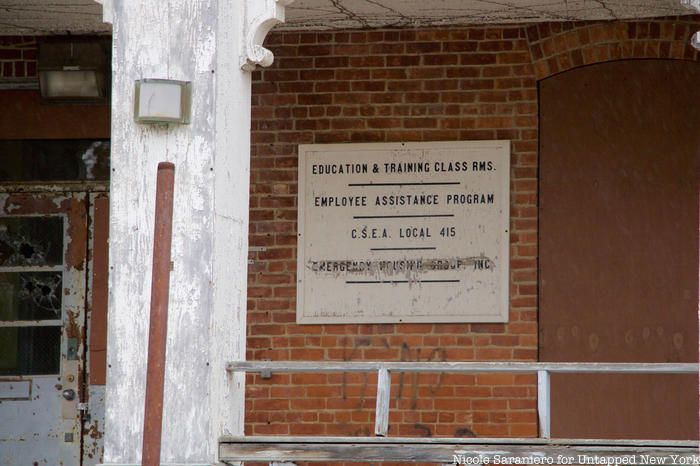
Patients at Middletown took part in many recreational and arts-related activities. There was even a newsletter written by patients. One recreational activity that the hospital was well known for was baseball. The Asylum Baseball Club was formed in 1888. The Asylums would compete among the region’s best teams, including the New York Giants. Several players were recruited to the professional leagues. George Tuck Turner went on to play for the Philadelphia Phillies and Jack Chesbro played for the New York Highlanders. Chesbro was eventually inducted into the National Baseball Hall of Fame.
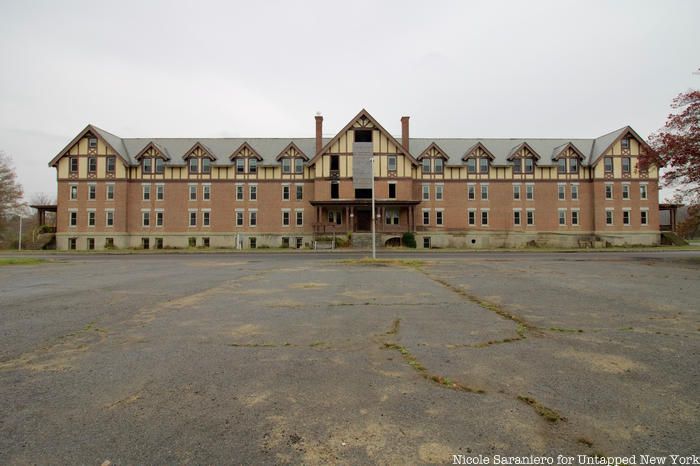
When the hospital first opened, it had less than one hundred patients. Over the decades, the number of patients and footprint of the facility grew exponentially. By the 1900s there were one hundred buildings on the site. In the 1960s, the institution reached it’s peak with nearly 4,000 patients. After the 1960s, the hospital population began to decline. With just three hundred staff members towards the end, the facility closed in 2006.
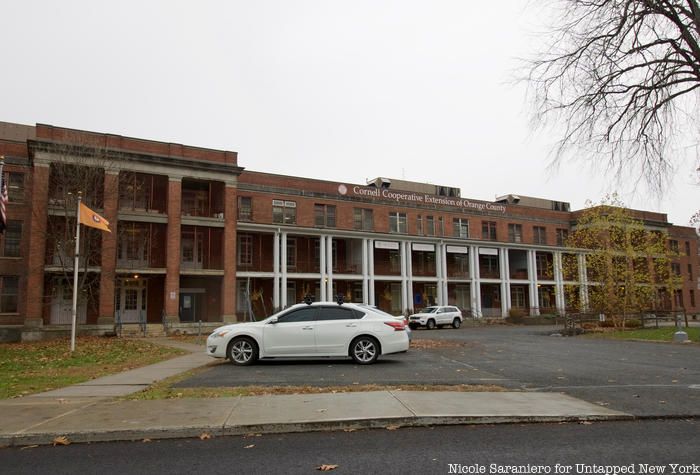
The site has a built in reminder of its past in its street names. Many are named for people who worked at the hospital or made a difference in how we treat mental illness. Seward Avenue is named for Dr. Frederick Seward. Seward made the initial recommendation for the construction of the hospital at this site. Dorthea Dix Drive pays homage to an American educator and social reformer who devoted herself to improving the level of treatment in mental institutions. Ashley Avenue is named for Dr. Maurice C. Ashley, superintendent of the hospital from 1902-1923.
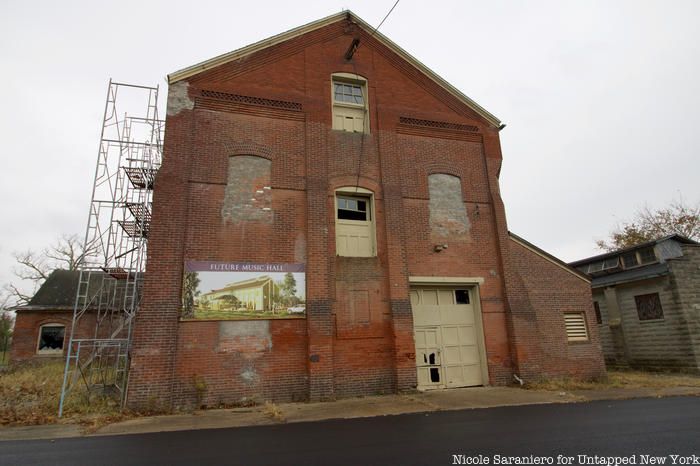
The Main Building, the first to open in 1874, no longer exists, and many other structures have been lost to fire and demolition. However, many buildings are still standing and being adapted for modern use. The former hospital campus is now home to the headquarters of the Cornell Cooperative Extension and many buildings have been acquired by the Fei Tian College and Academy of the Arts. The school has already renovated the 70,000-plus-square-foot Woodman Hall building, along with other smaller structures. The Academy is turning another building into a music hall. Rather than simply tearing down what is left, the town is working hard to preserve the historic structures of this site, and use them to serve the current needs to the community.
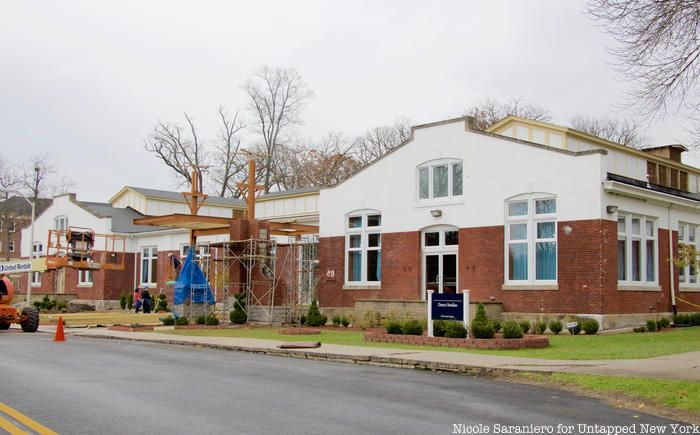
Next, check out 6 Abandoned Asylums and Hospitals in the NYC Region
Subscribe to our newsletter